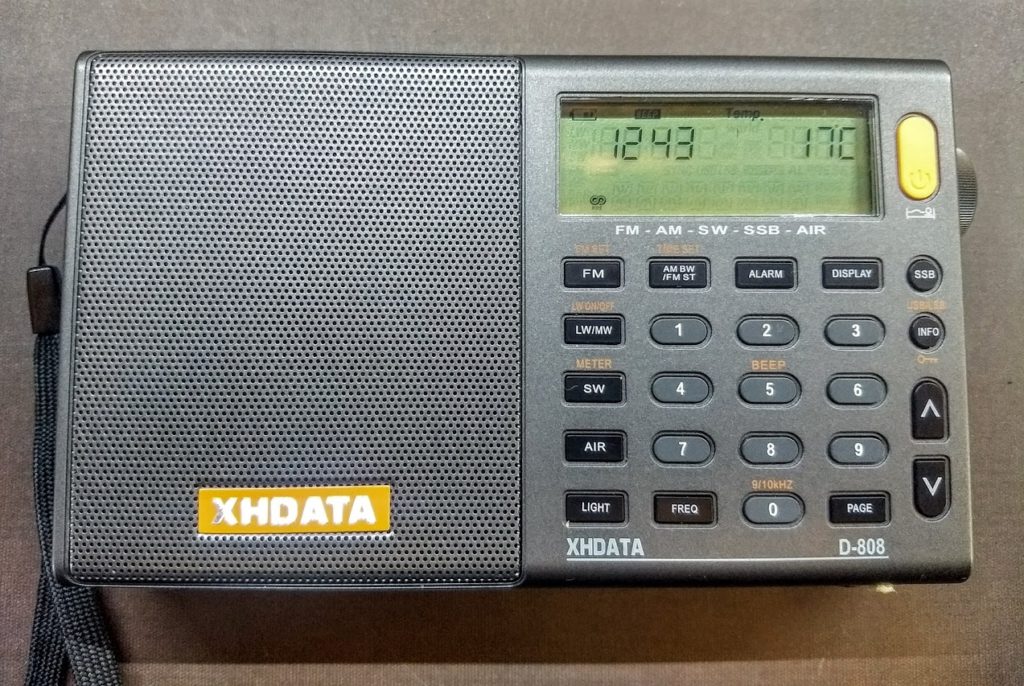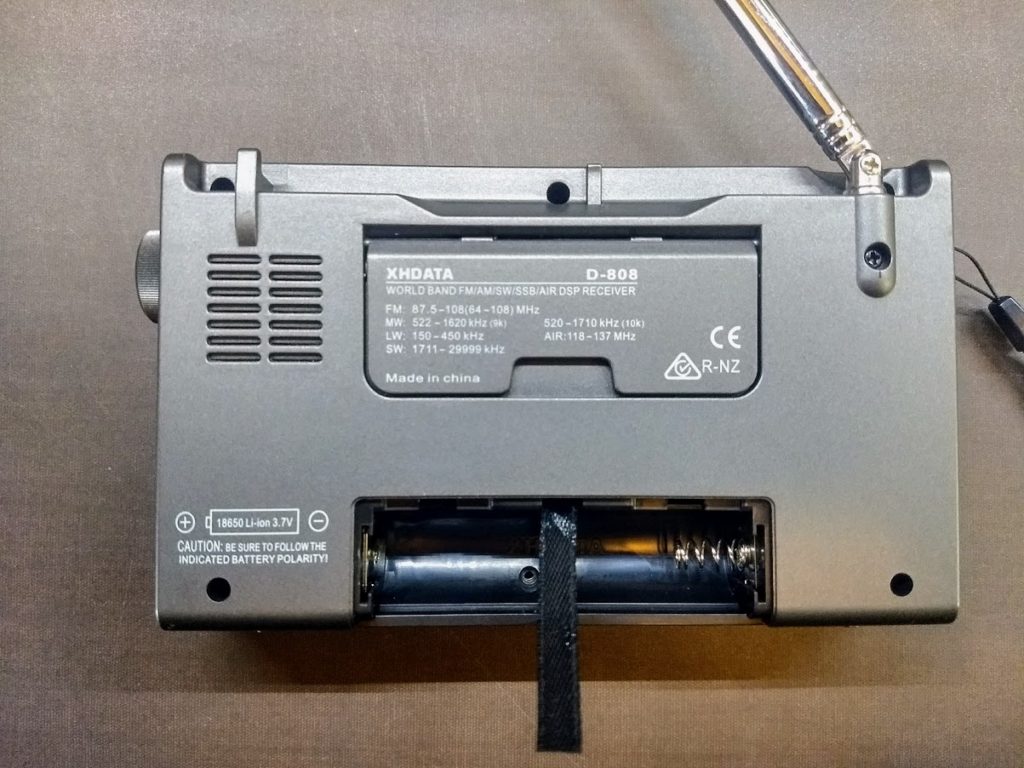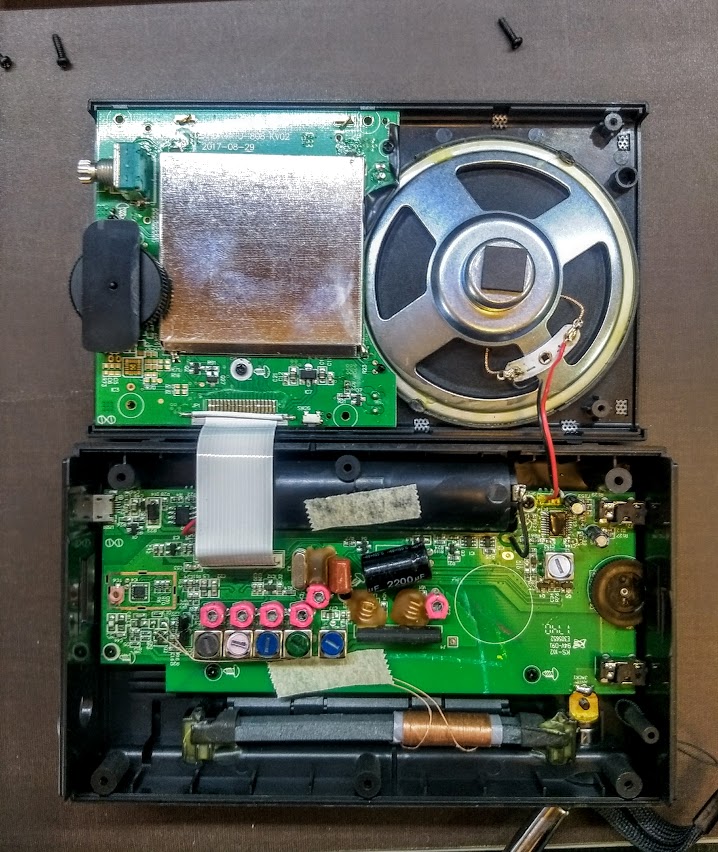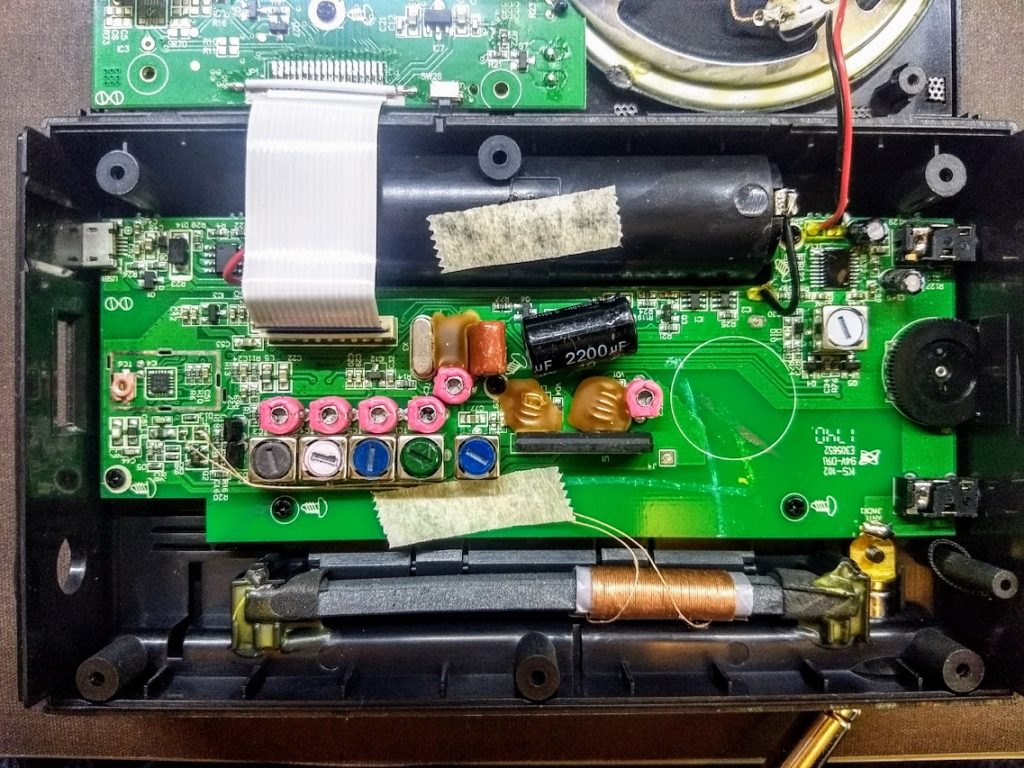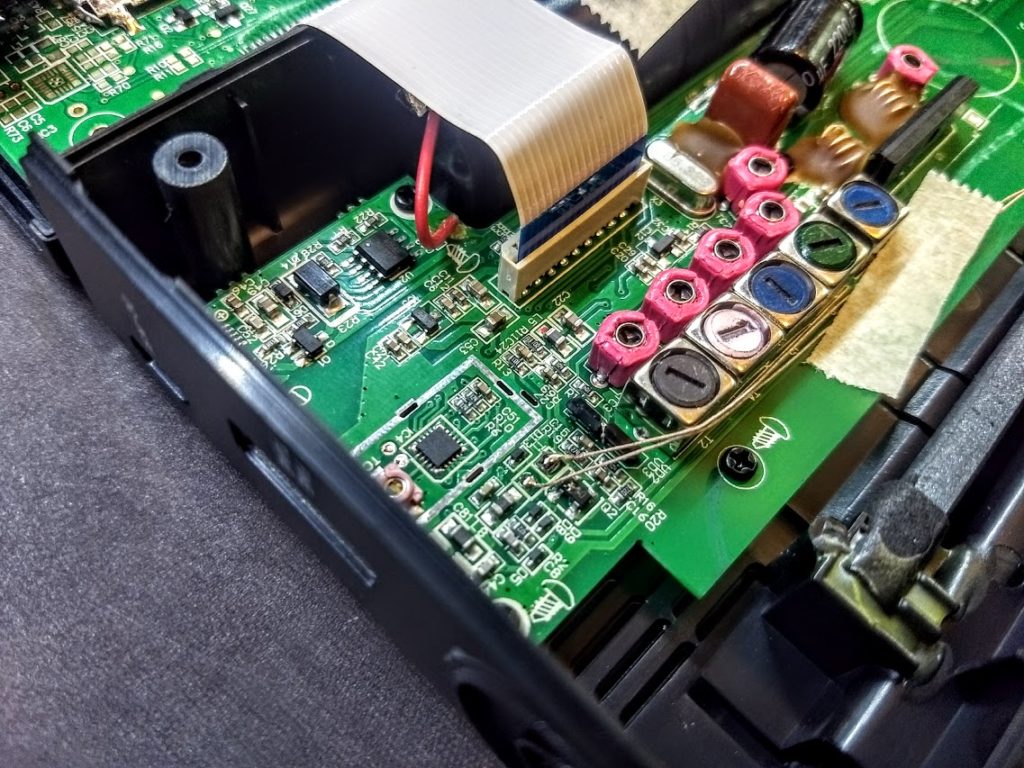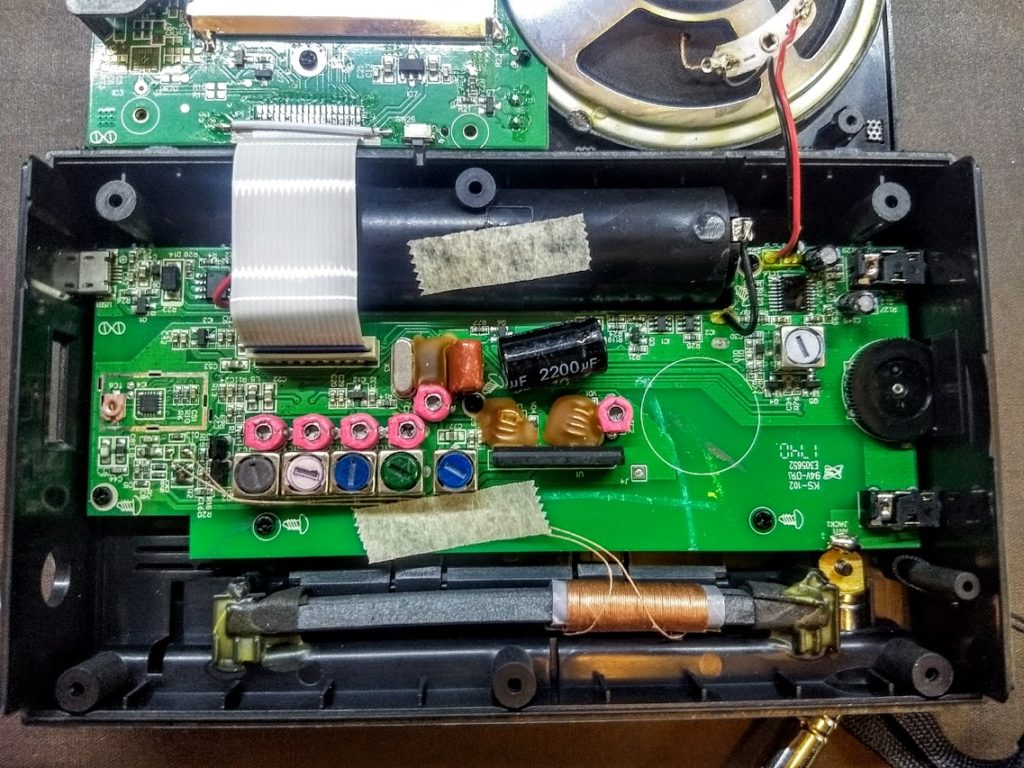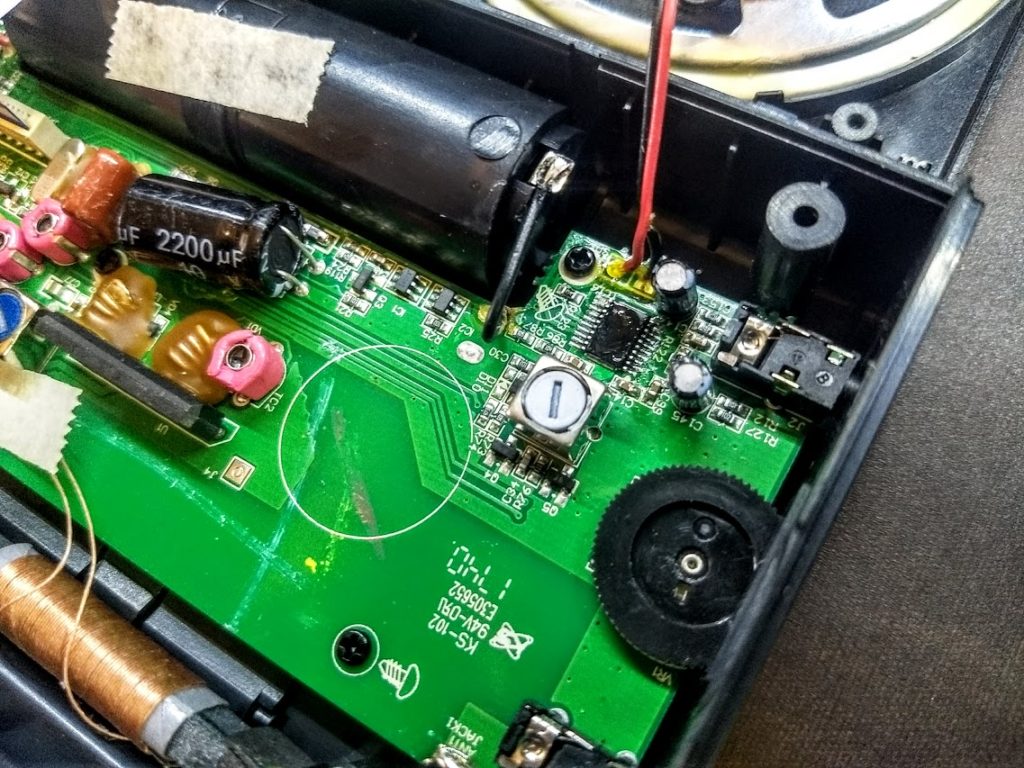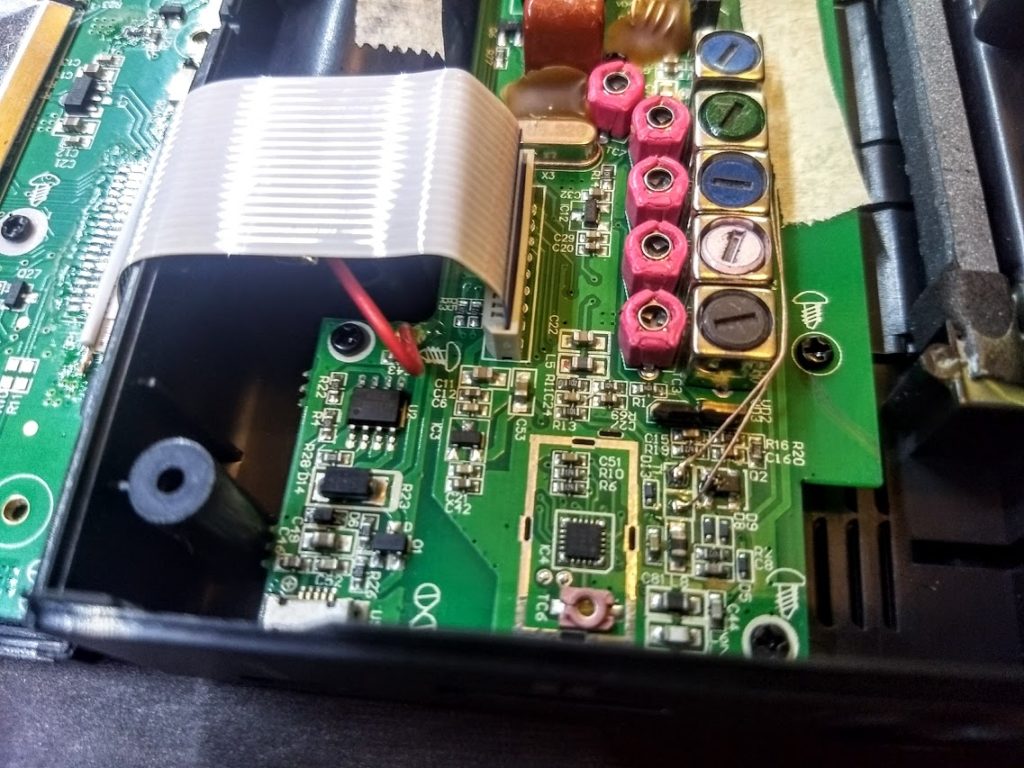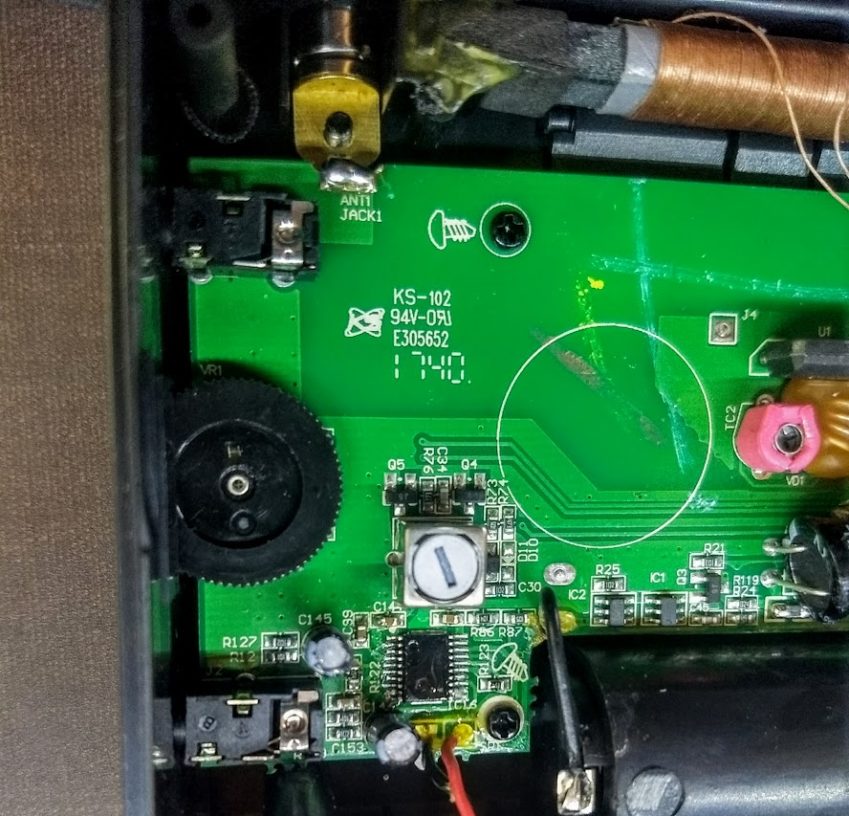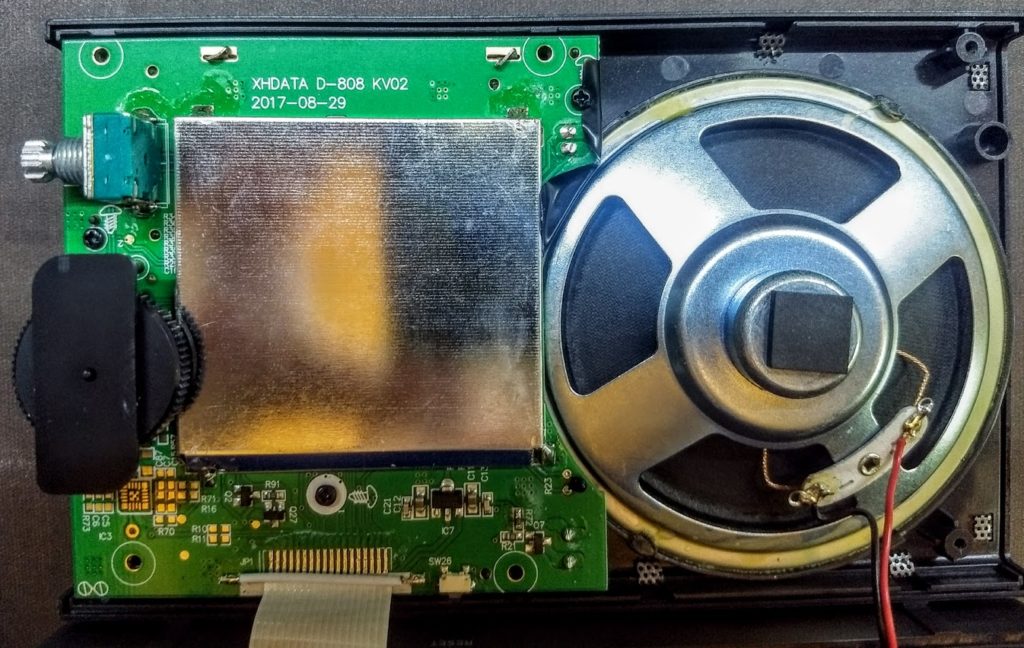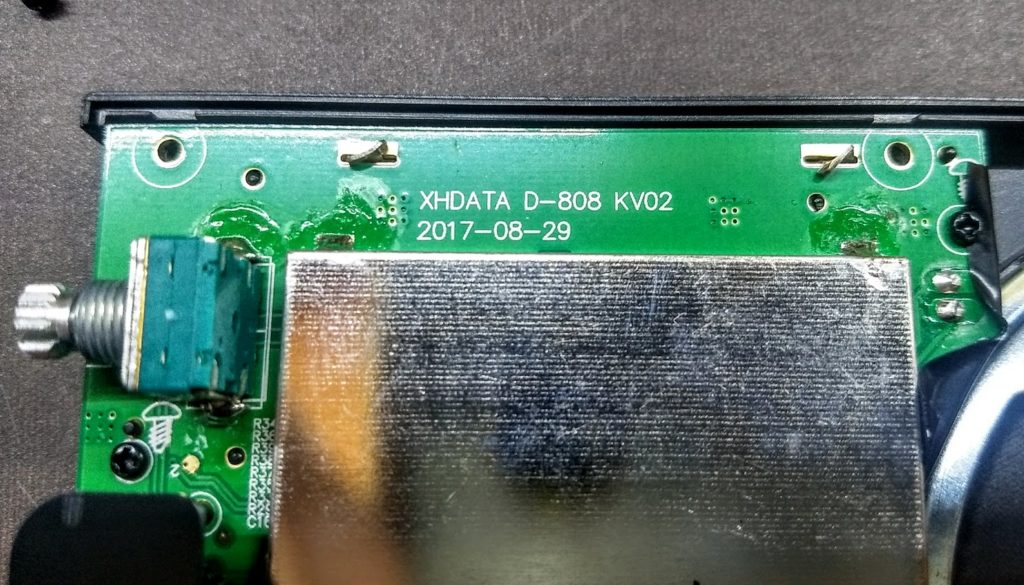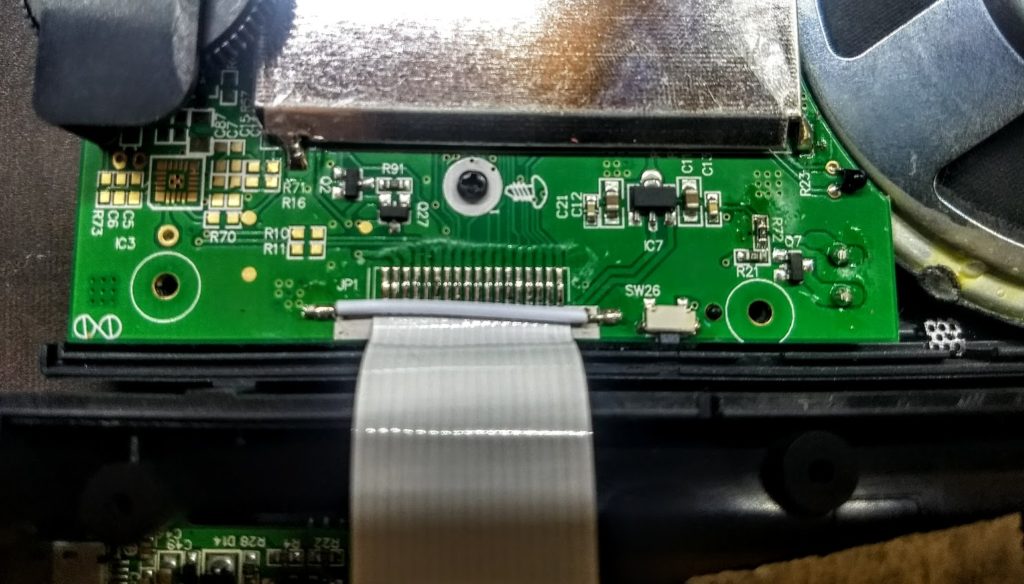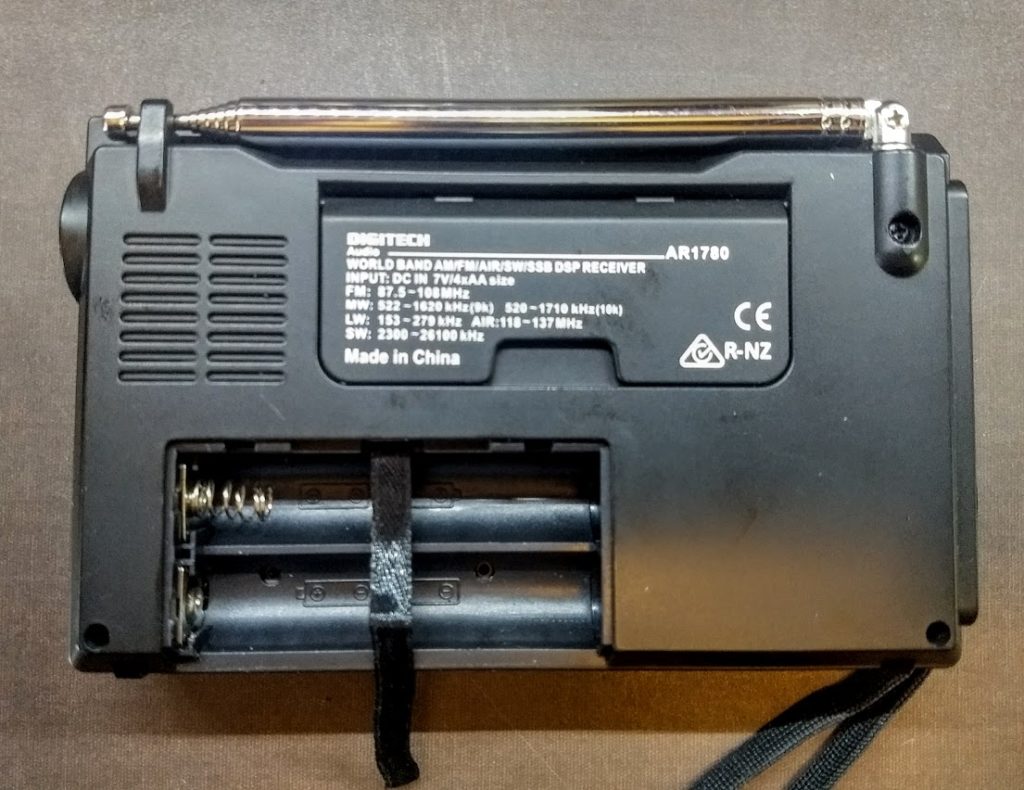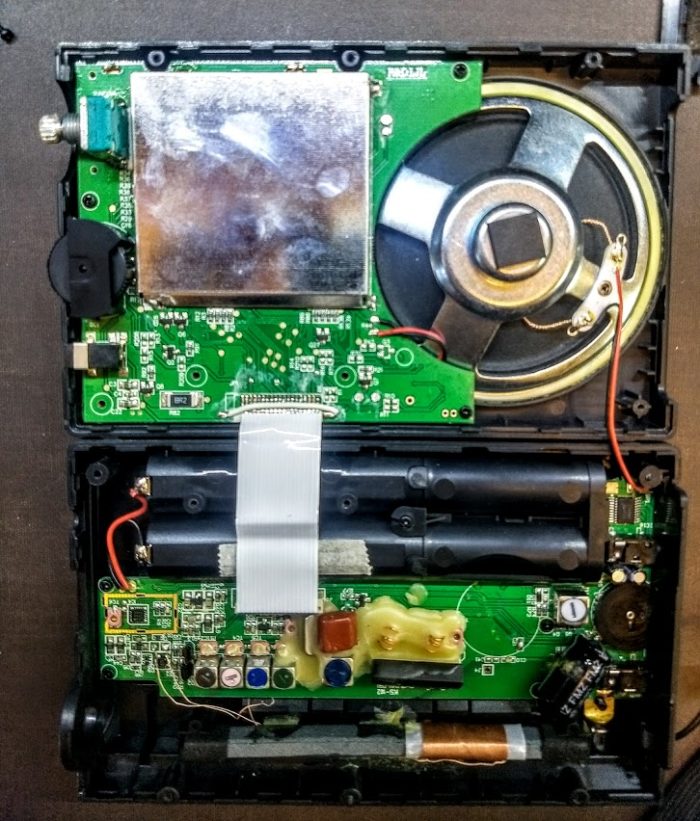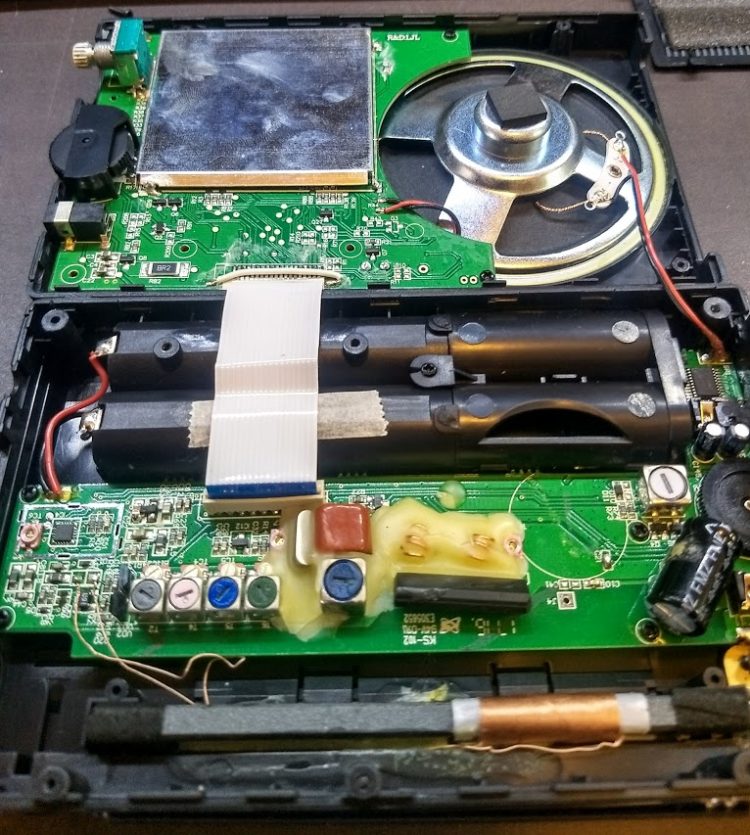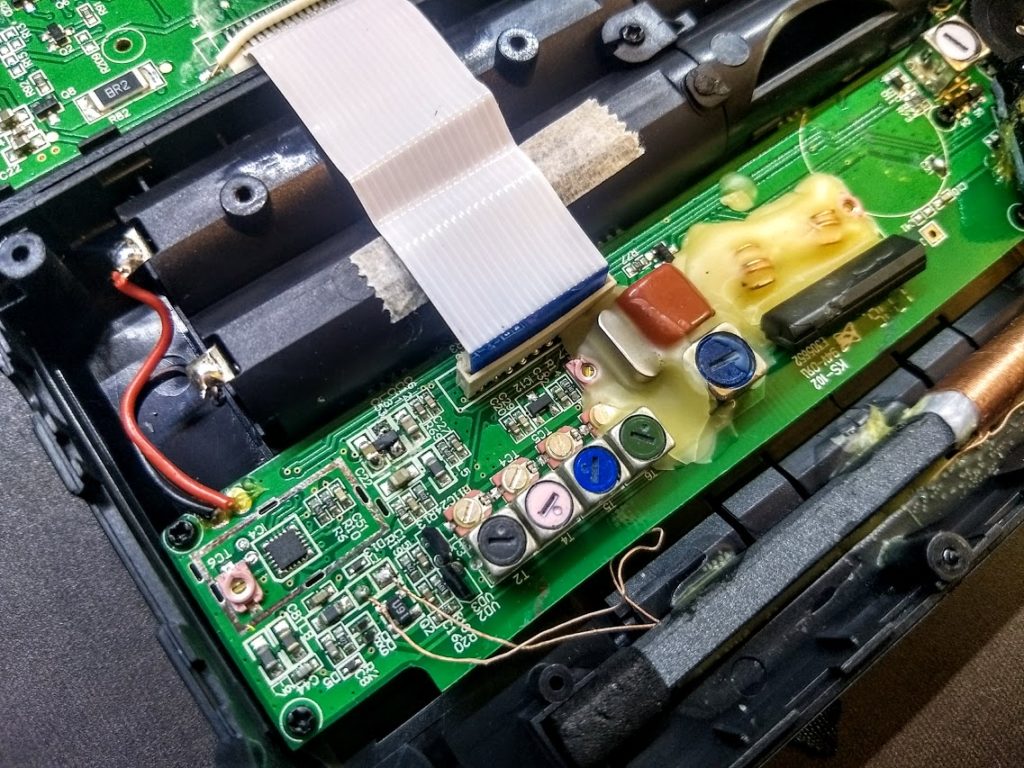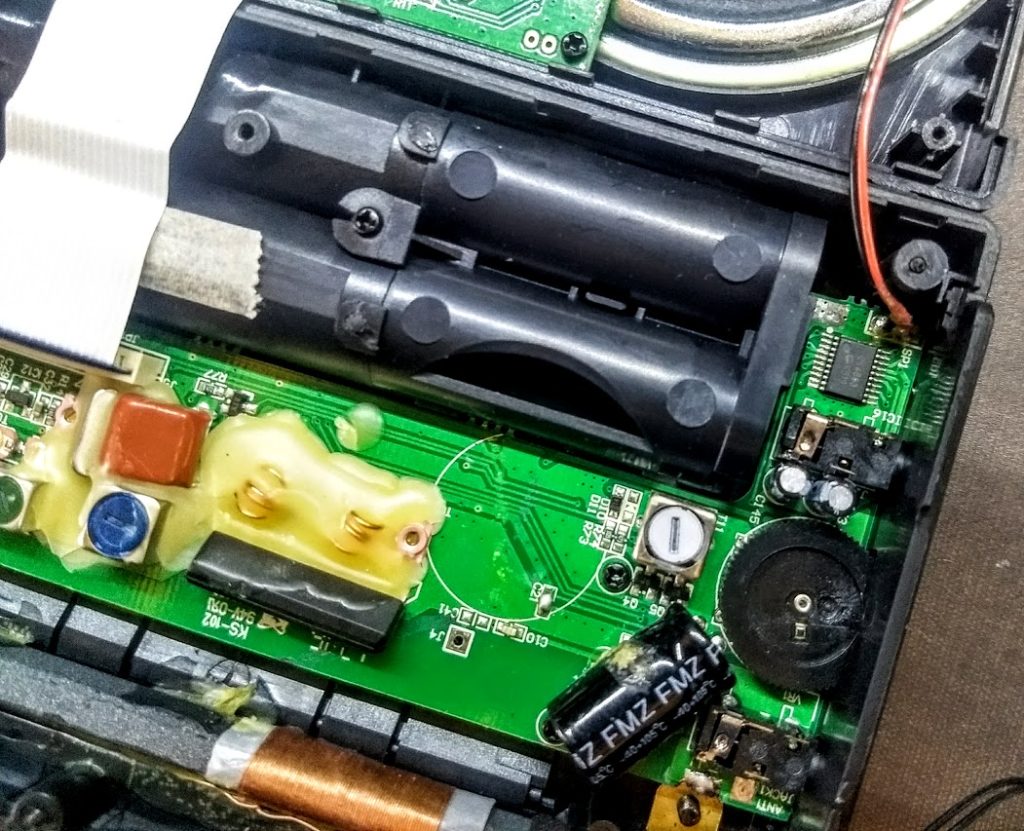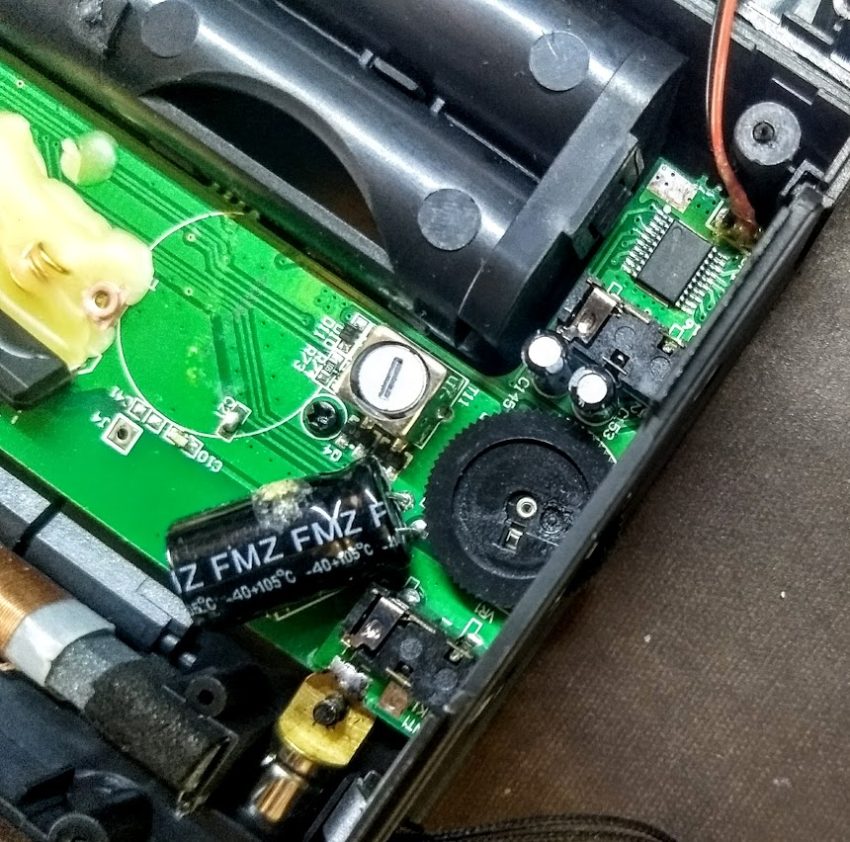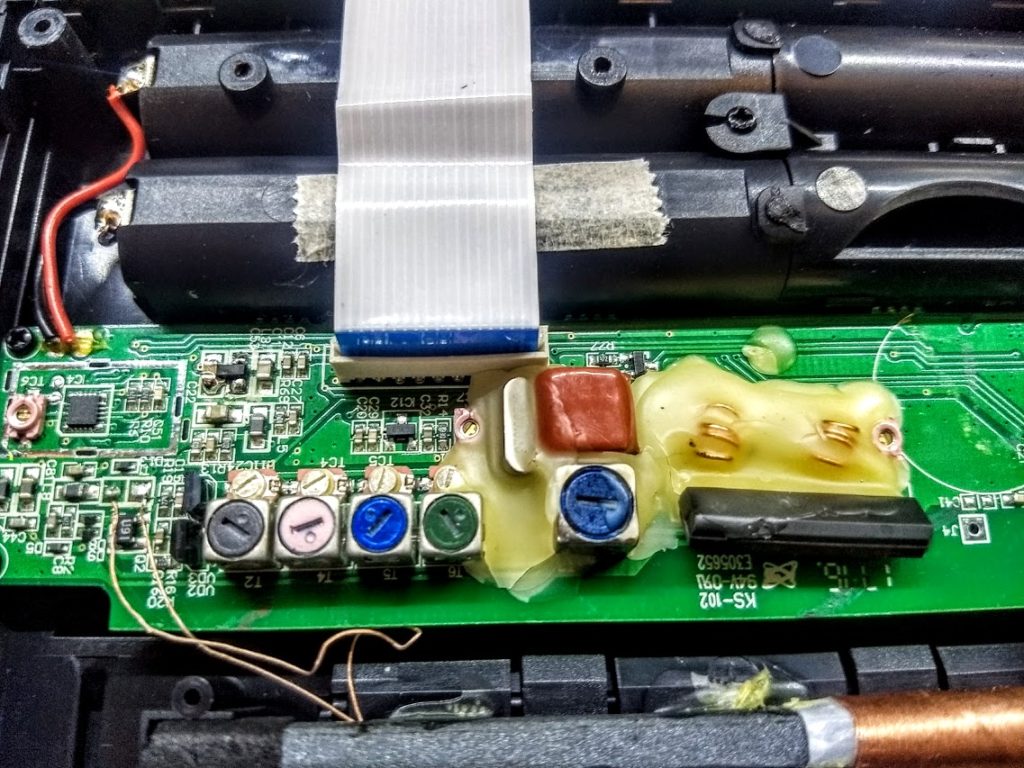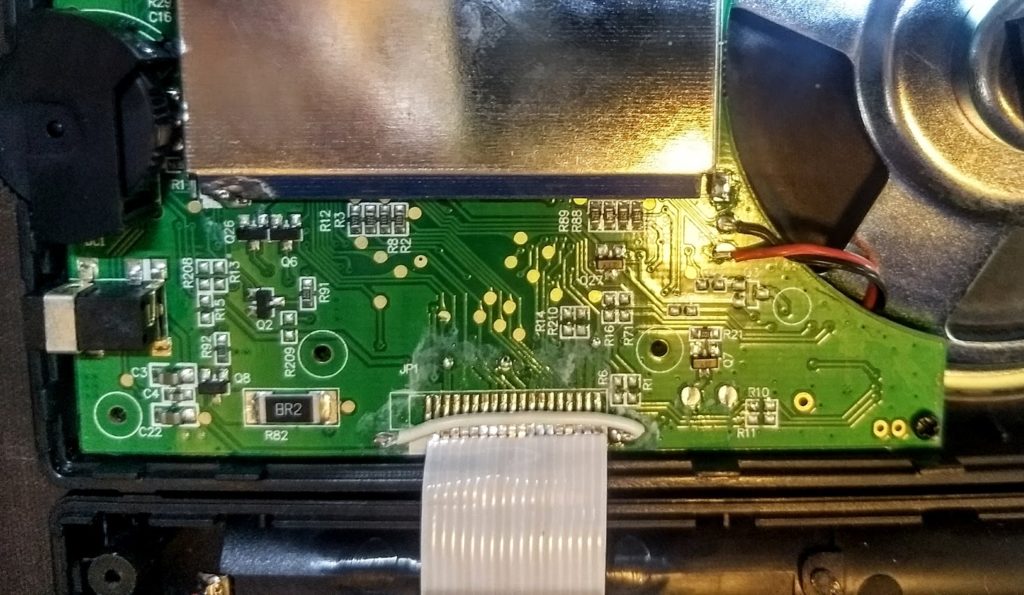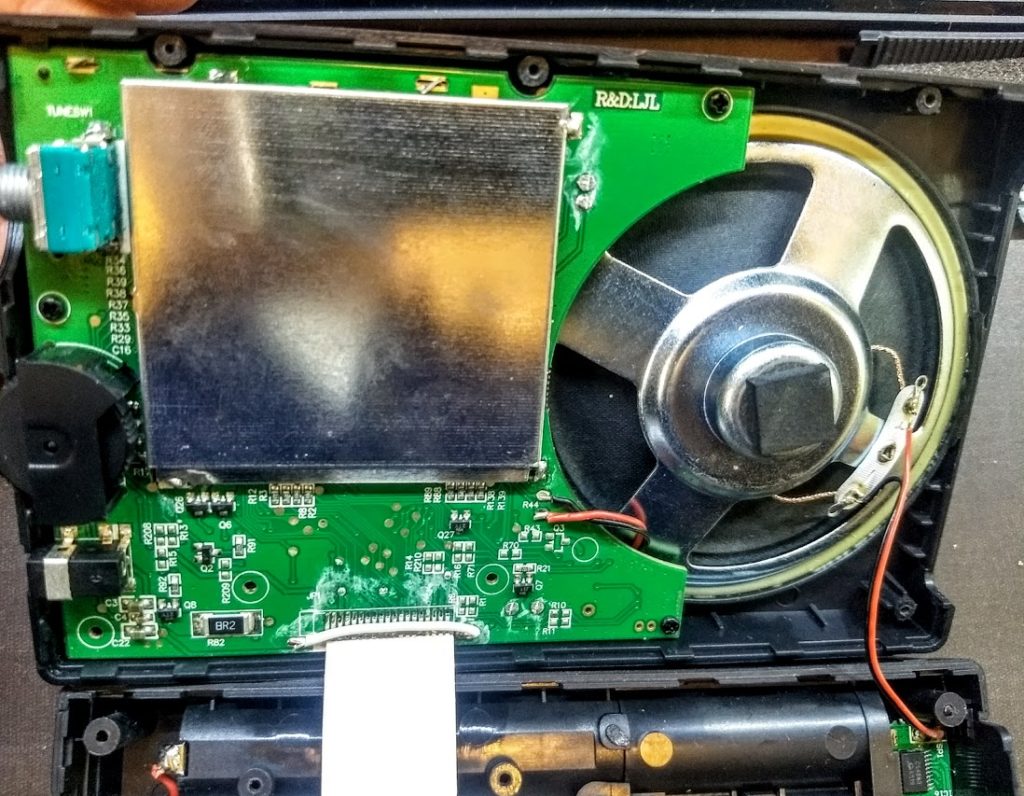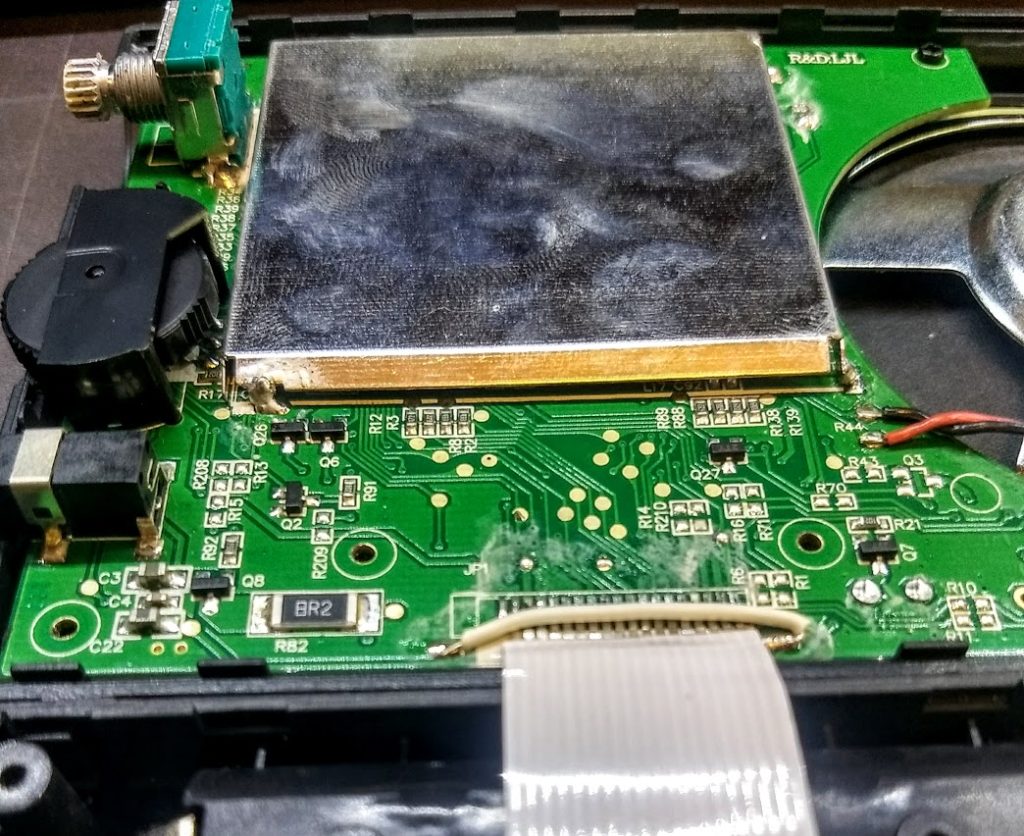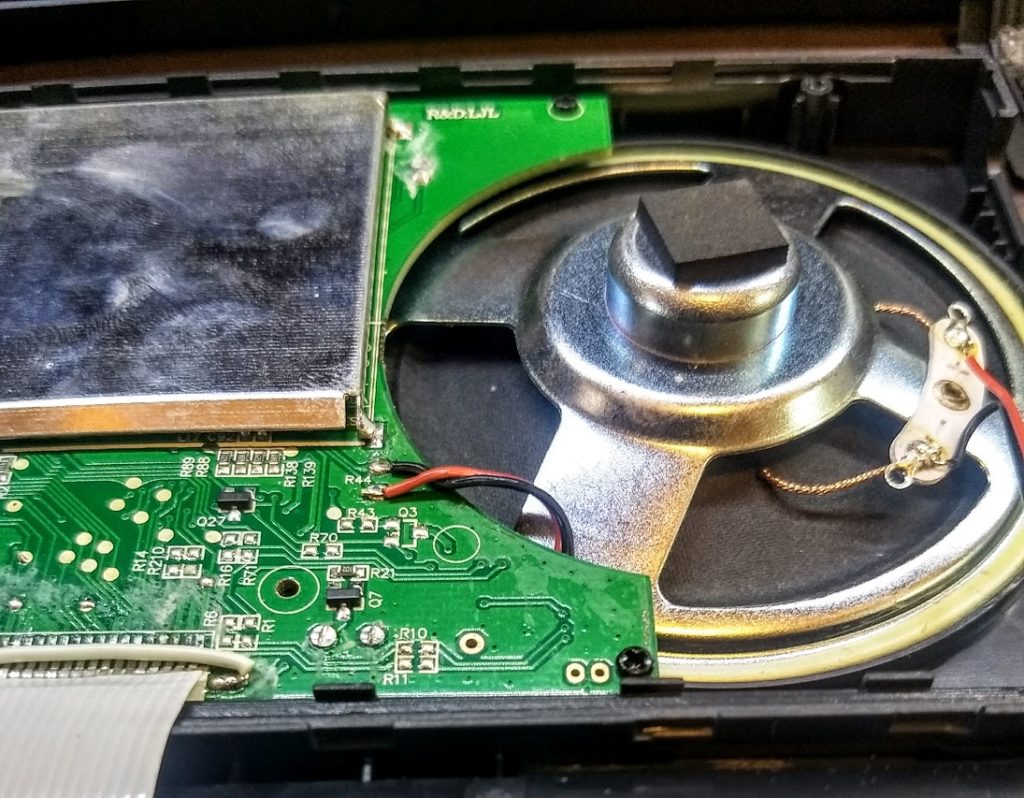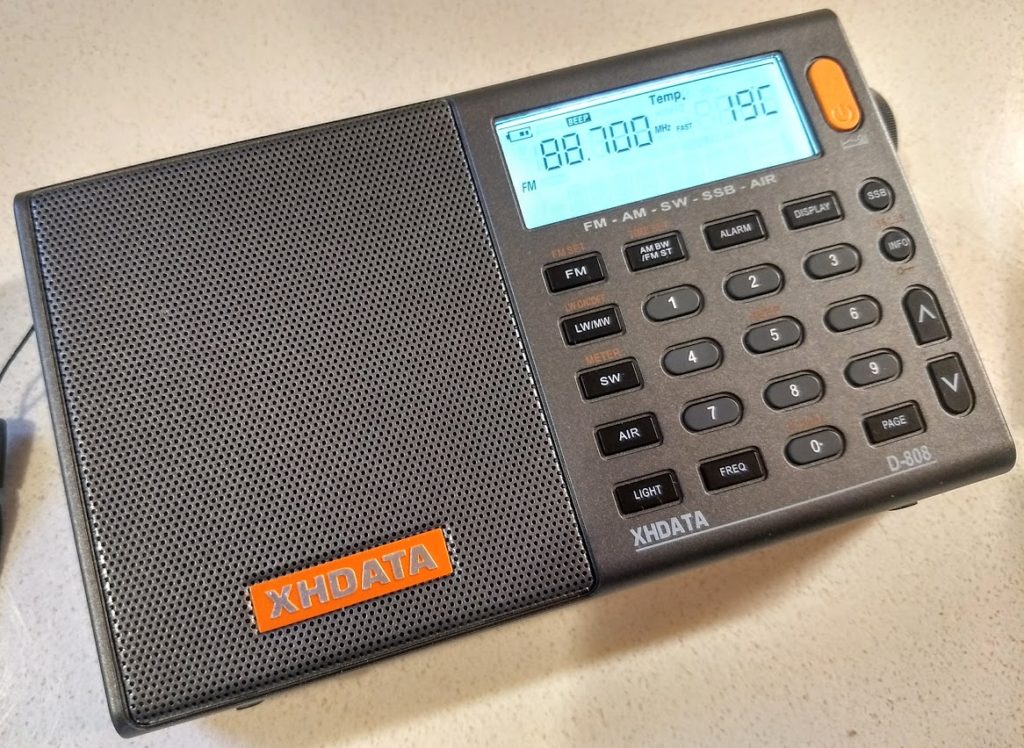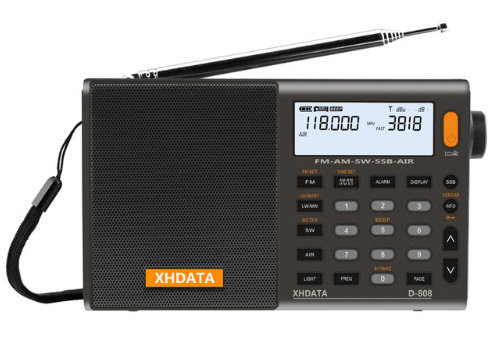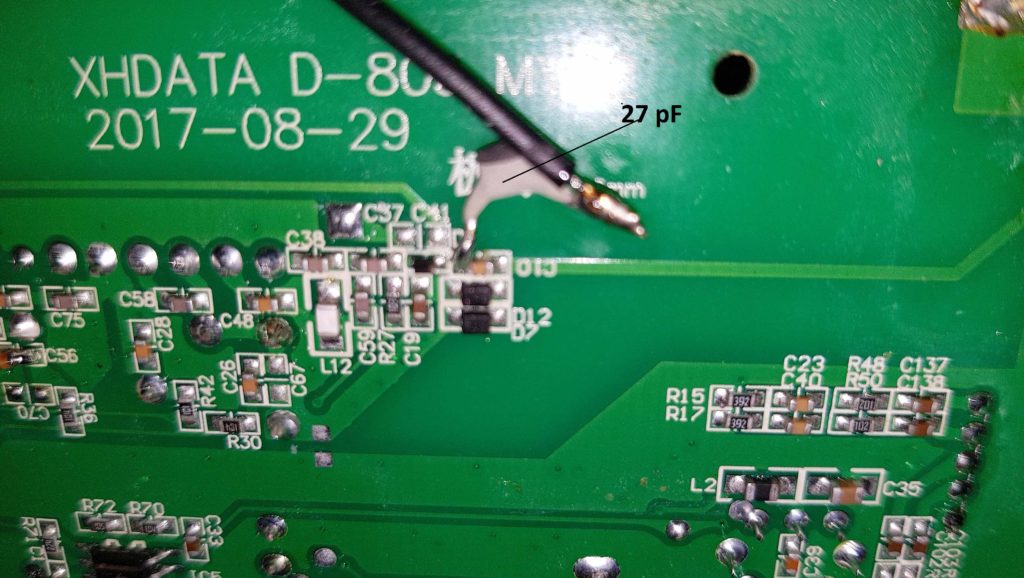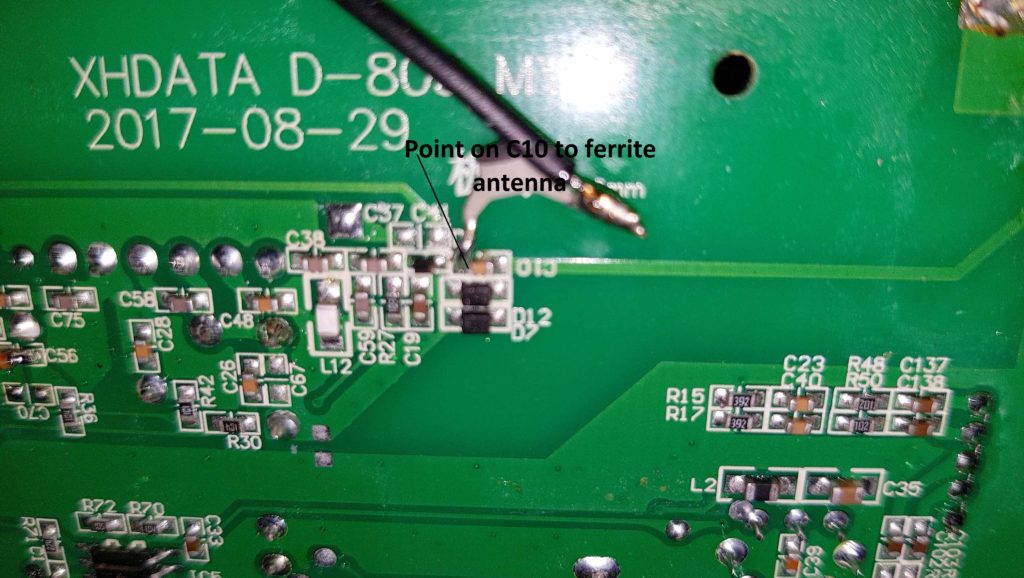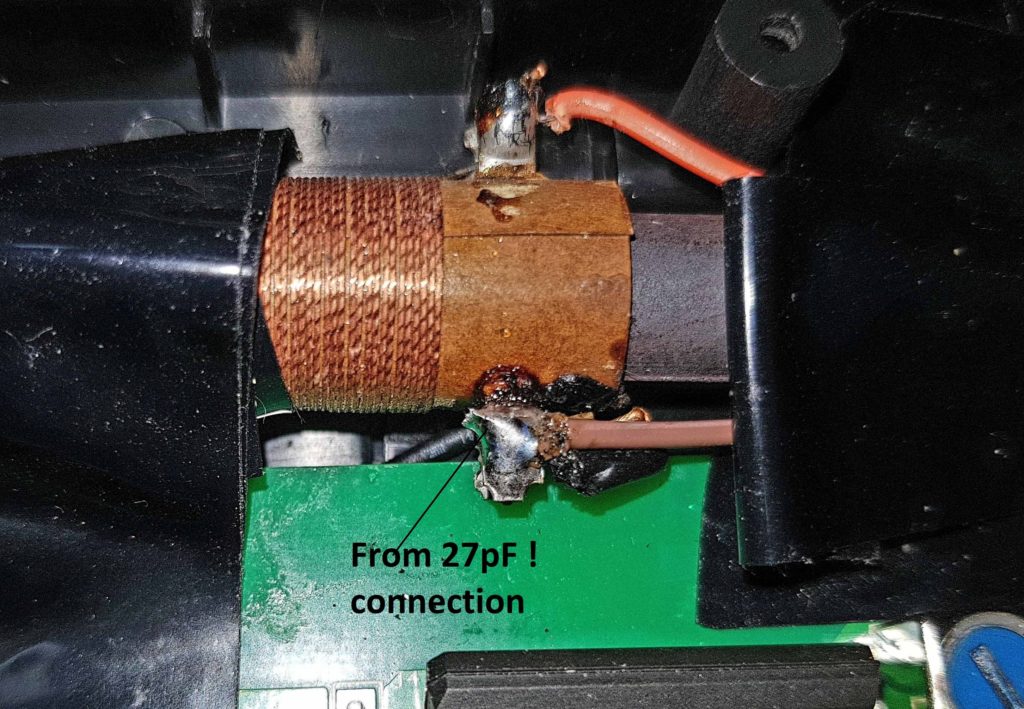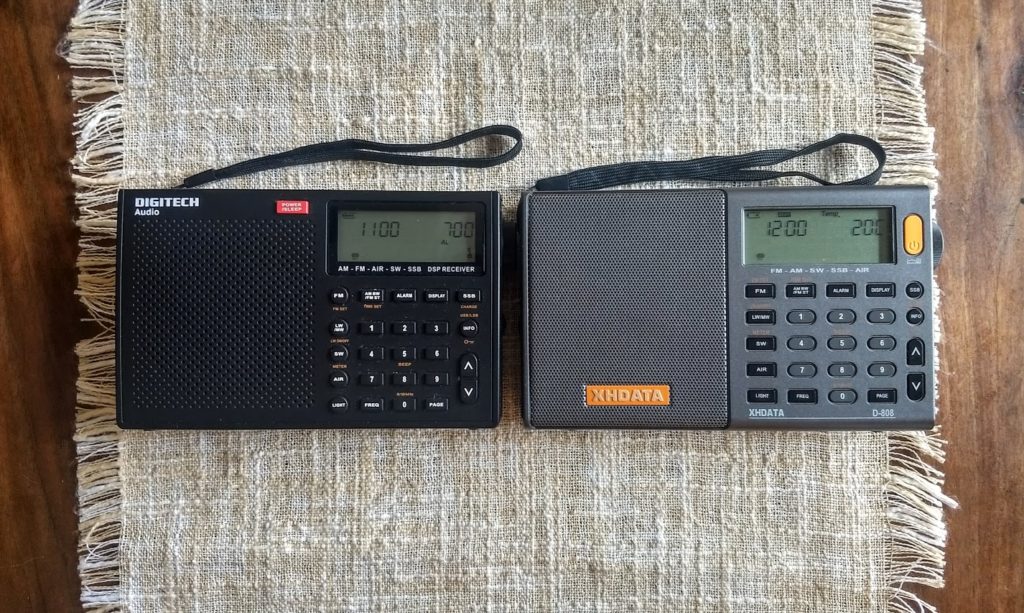
Digitech AR-1780 (left) and XHDATA D-808 (right)
Tuesday evening, I received my long-awaited XHDATA D-808 from AliExpress via the postal service. Yesterday morning, I unboxed it and started charging the included 18650 Li-Ion cell. I haven’t properly put it on the air yet but if you’re interested in some initial reports, check out these previous posts.
Dimensions
I was curious if the Digitech D-808 was identical in size to the Digitech AR-1780–I could tell even from D-808’s initial information that these two radios share a common ancestry.
To my surprise, they are not identical in dimensions! With that said, the differences are very marginal.
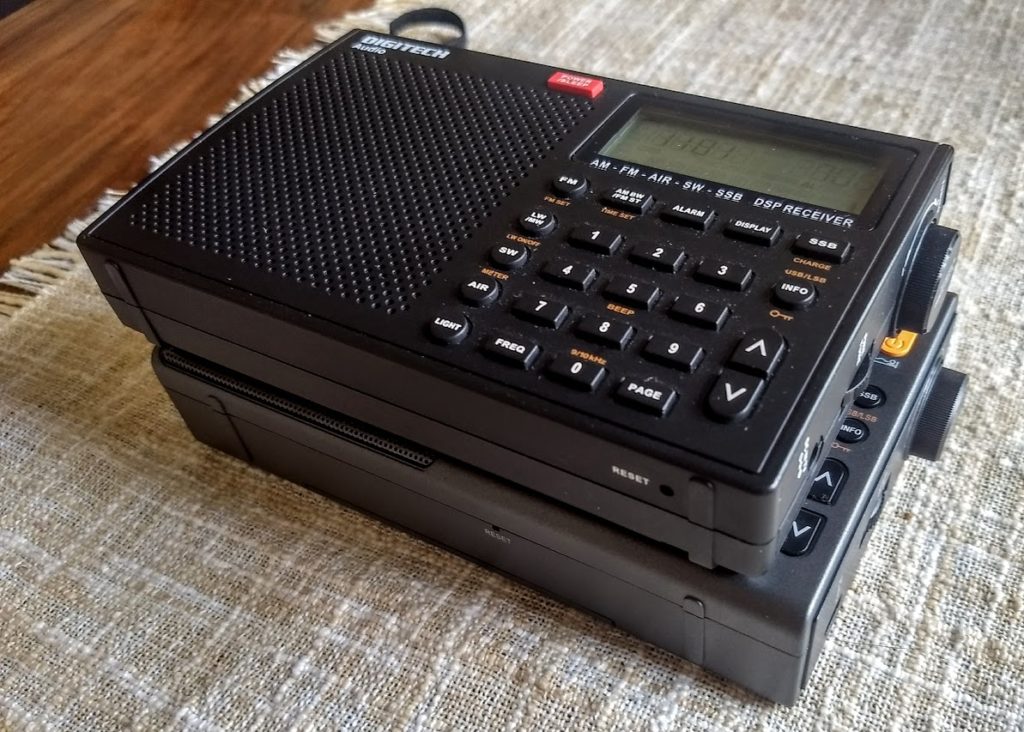
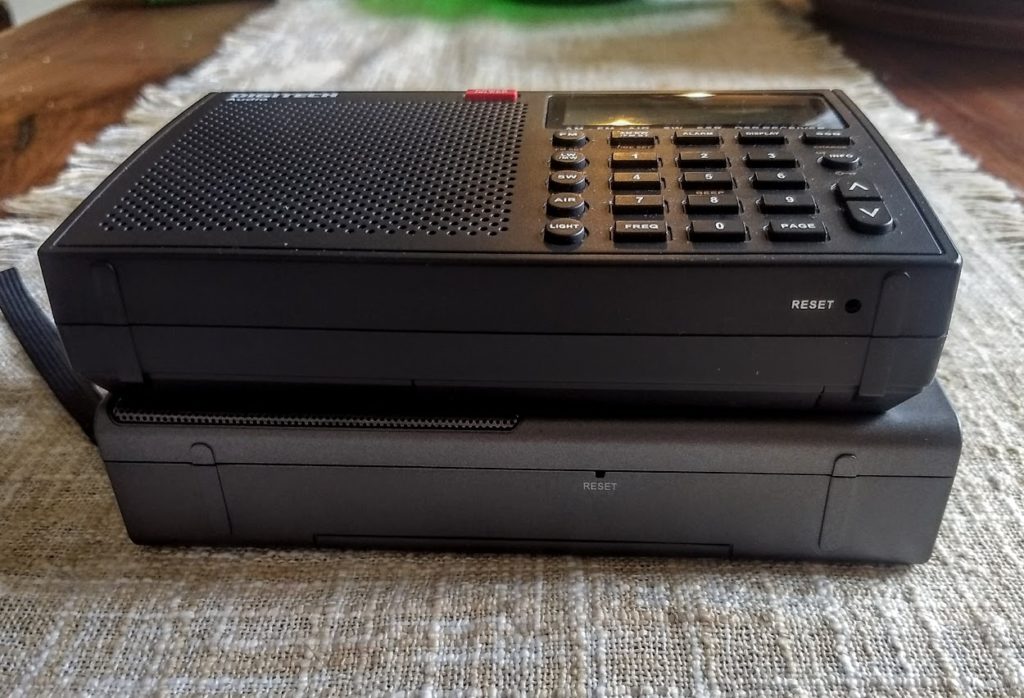
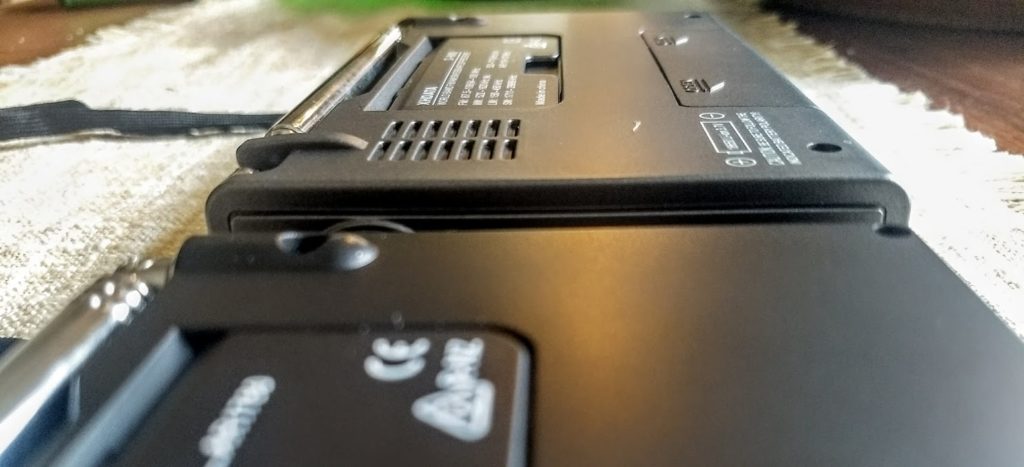
The D-808 is 7 mm wider and 2 mm deeper than the AR-1780.
To confirm measurements, I checked out the manufacturer specifications of both radios. Oddly, the specs also indicate that the AR-1780 should be 3 mm taller than the D-808 but I don’t detect this difference. I measure them to be equal in height.
The telescoping antennas are identical in height and number of segments.
Of course, as you can tell from the photos, the D-808 body is light grey in color while the AR-1780 is black.
Batteries
The Digitech AR-1780 uses four 1.5V AA cells while the XHDATA D-808 uses one less common 3.7V 18650 Li-Ion rechargeable cell (included).
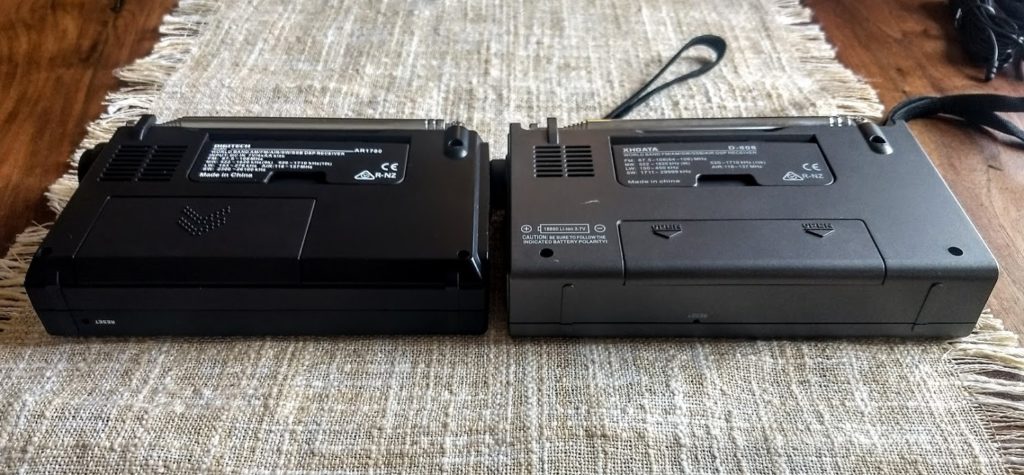
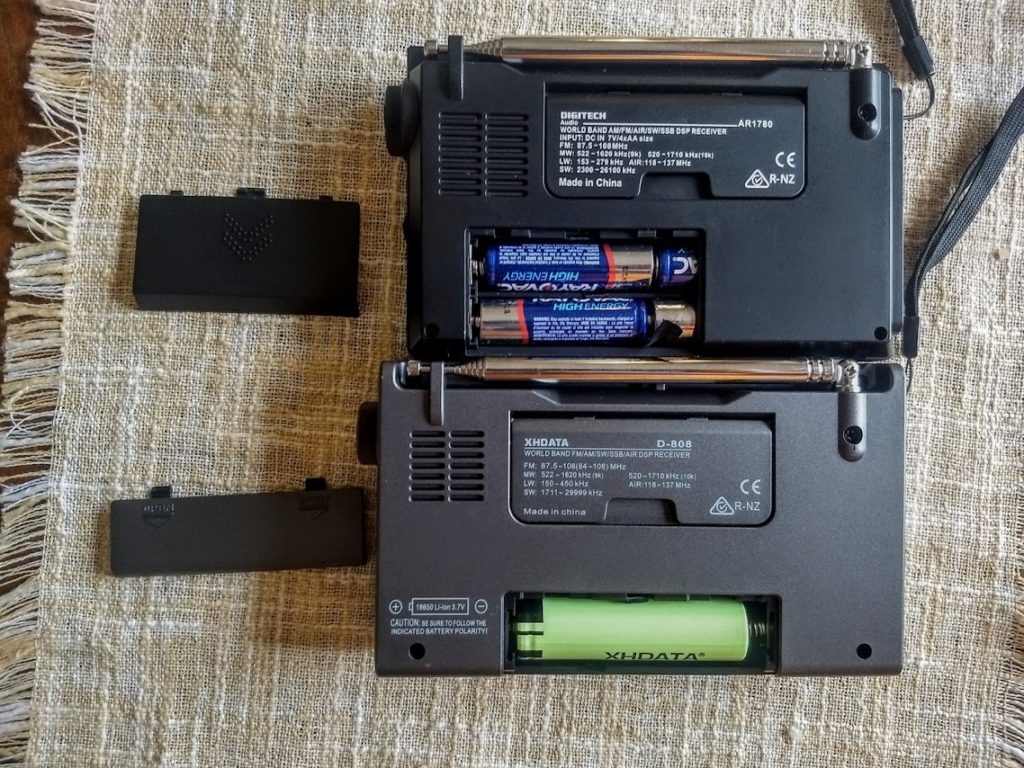
External Power
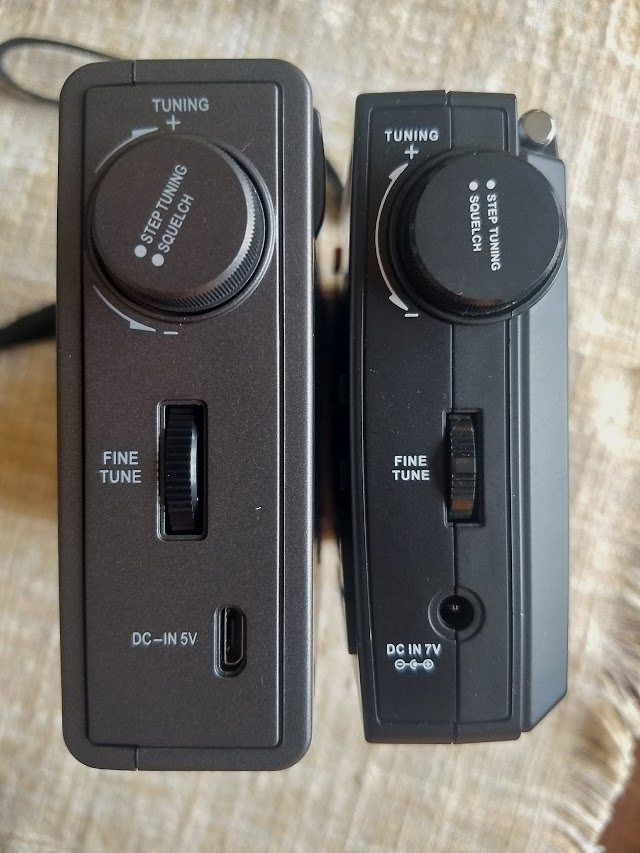
The XHDATA D-808 (left) and Digitech AR-1780 (right).
The XHDATA D-808 has a standard 5V Micro USB port for internal changing. The AR-1780, on the other hand, uses a much less common 7V DC plug.
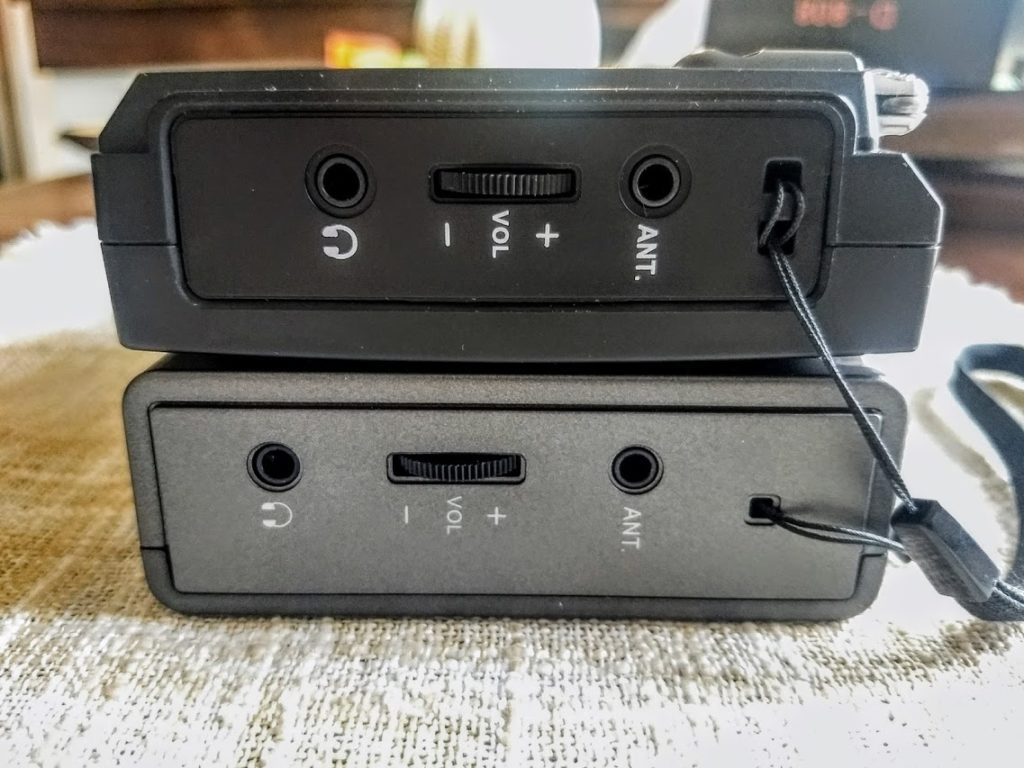
Right panels are identical.
Having a 5V micro USB port is a huge plus for the D-808, in my opinion! While travelling, I always have at least one micro USB charger.
Backlighting
The LCD display appears to be identical in size and display information, however the D-808 has blue backlighting while the AR-1780 has orange backlighting.
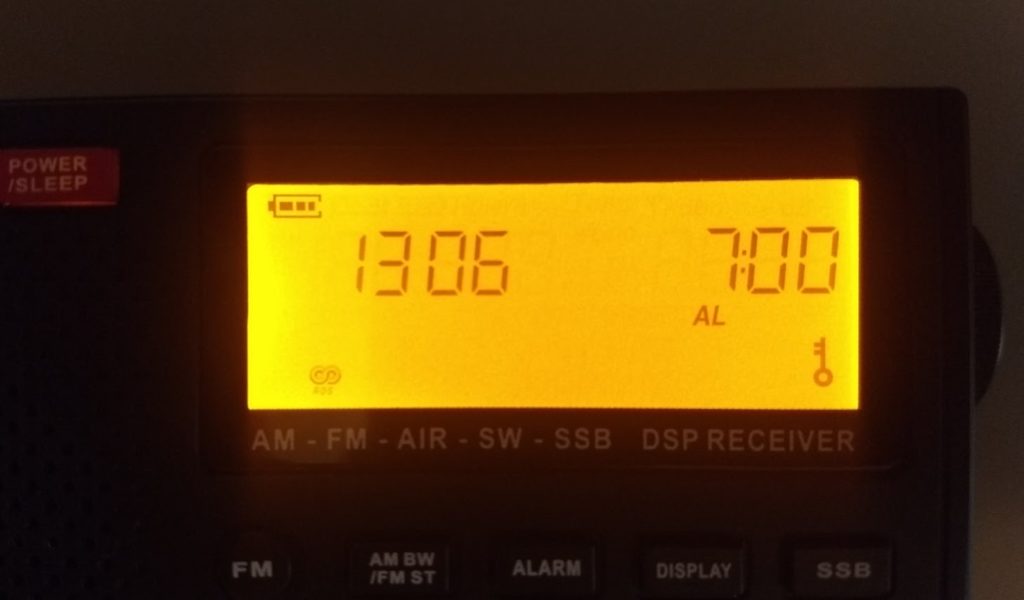
The Digitech AR-1780
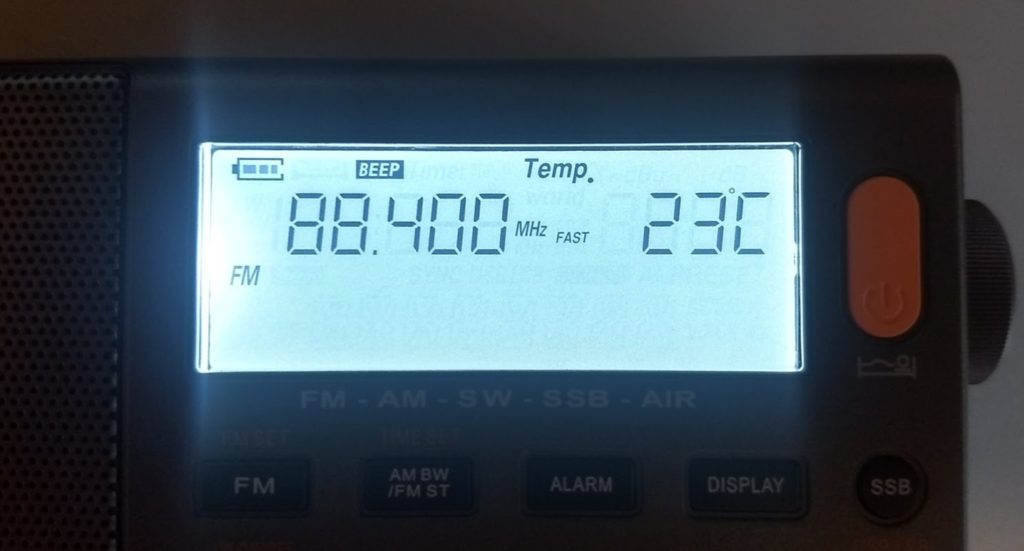
The XHDATA D-808
Keypad
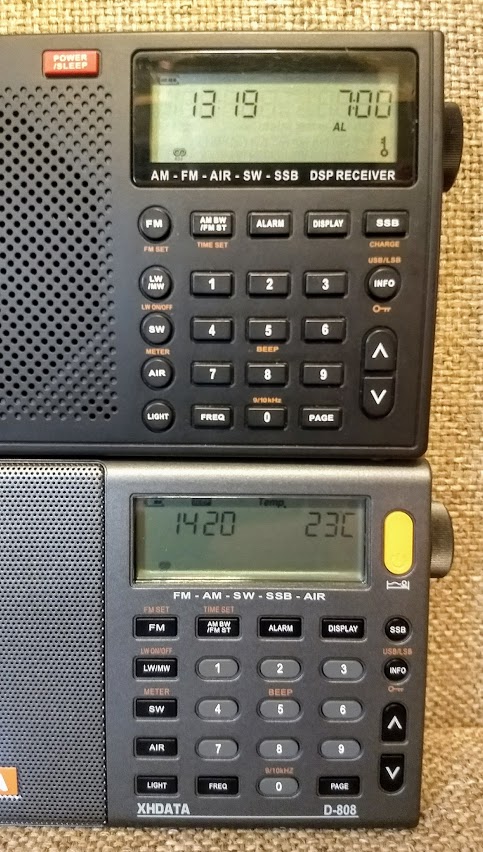
AR-1780 (top) D-808 (bottom)
Other than variations in button shapes and color, the only difference between the two radios is the location of the power button.
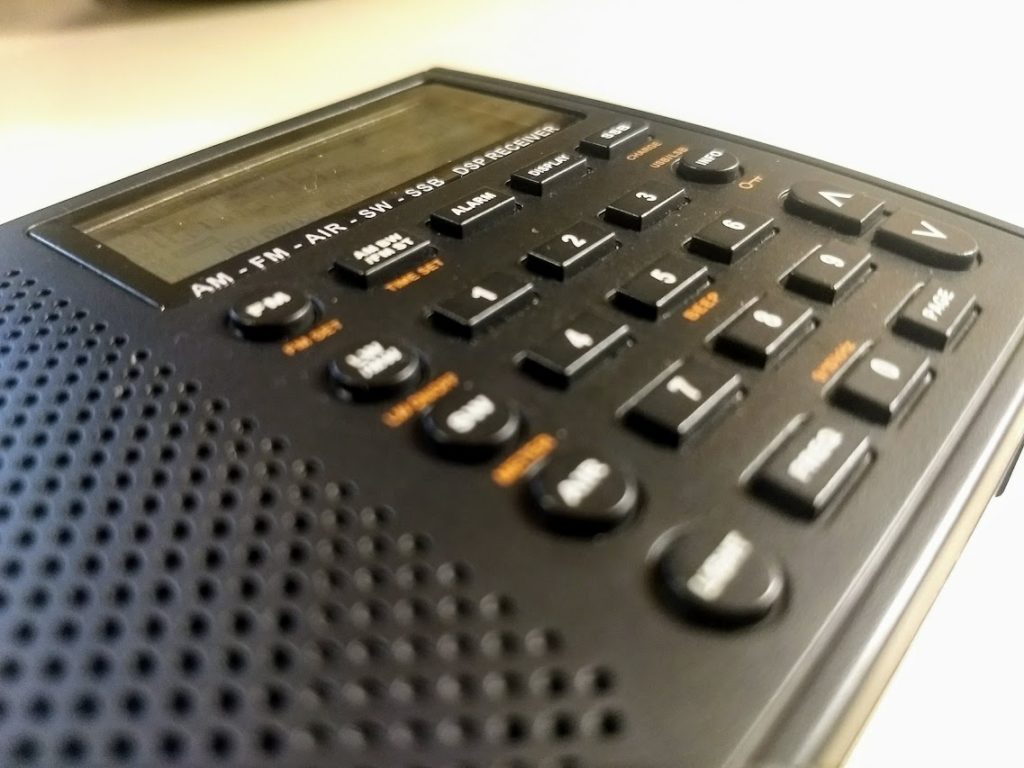
The Digitech AR-1780 keypad

The XHDATA D-808 keypad
As Guy Atkins mentioned in a previous post, the D-808 keypad buttons are almost flush with the radio body. The buttons on the AR-1780, on the other hand, are more prominent and tactile.
Accessories
The Digitech AR-1780 shipped with no accessories–the only two items in the box were the radio and the owner’s manual.
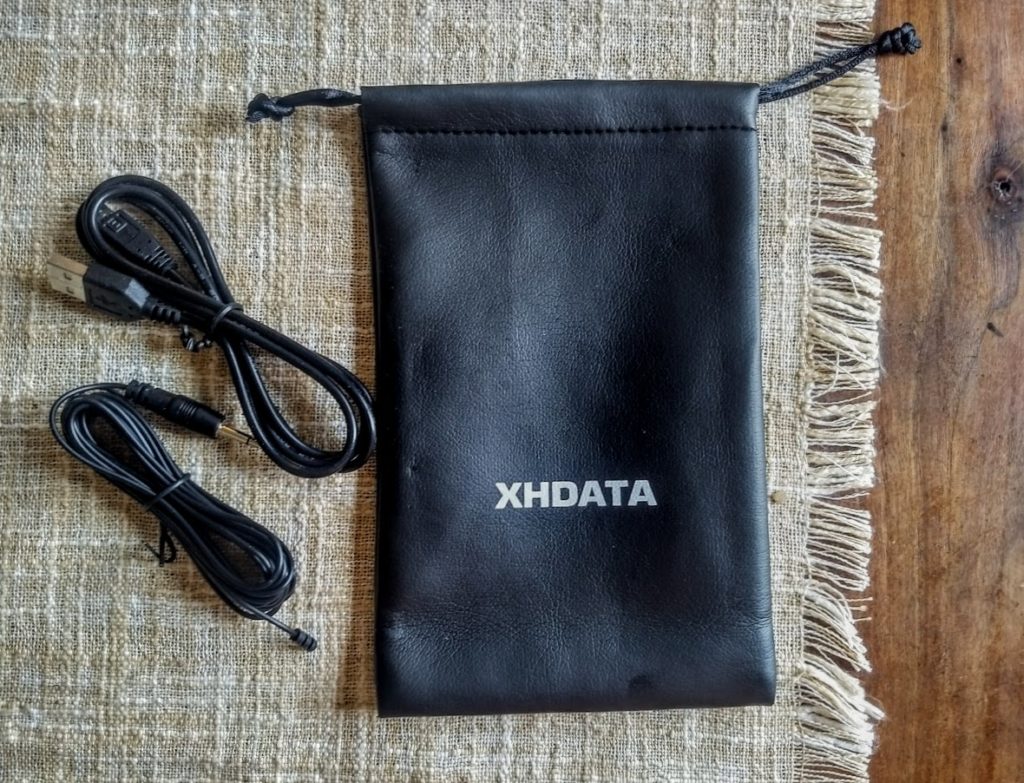
I was surprised when I opened the D-808 box to find a padded carry/travel bag, USB charging cable and even a compact external wire antenna.
Summary
There are actually few differences between the XHDATA D-808 and the Digitech AR-1780 in terms of physical appearance and function.
All in all, though, I prefer the D-808 package which ships with a carry bag, power cord and external wire antenna. In addition, the D-808 uses a standard and convenient Micro USB port for charging!
In terms of size/weight, the differences are negligible and wouldn’t sway my purchase decision.
Over the course of the next week, I hope to spend some time comparing their performance on the air. Though they appear to be from the same family, will one sibling outperform the other? We shall see!
 Last week, I posted a few photos of the new XHDATA D-808 and Digitech AR-1780–two of the hottest portable shortwave radios to hit the market in recent months.
Last week, I posted a few photos of the new XHDATA D-808 and Digitech AR-1780–two of the hottest portable shortwave radios to hit the market in recent months.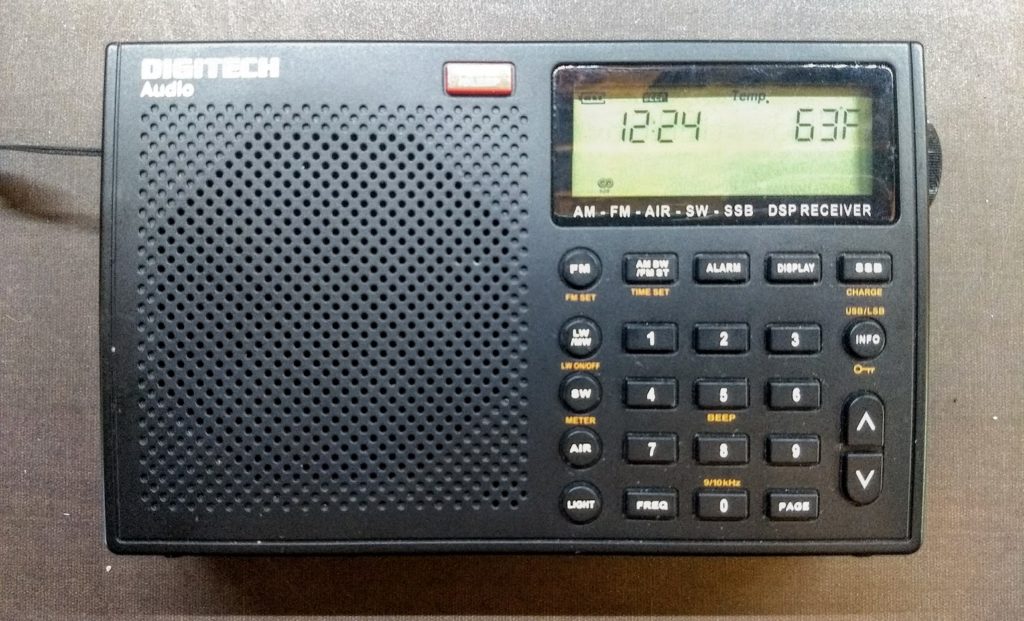 Opening the AR-1780 requires pulling off the encoder knob (not an easy task on my unit) and removing a total of seven small screws. Note that two of the screws are located in the battery compartment. Click photos to enlarge:
Opening the AR-1780 requires pulling off the encoder knob (not an easy task on my unit) and removing a total of seven small screws. Note that two of the screws are located in the battery compartment. Click photos to enlarge:
